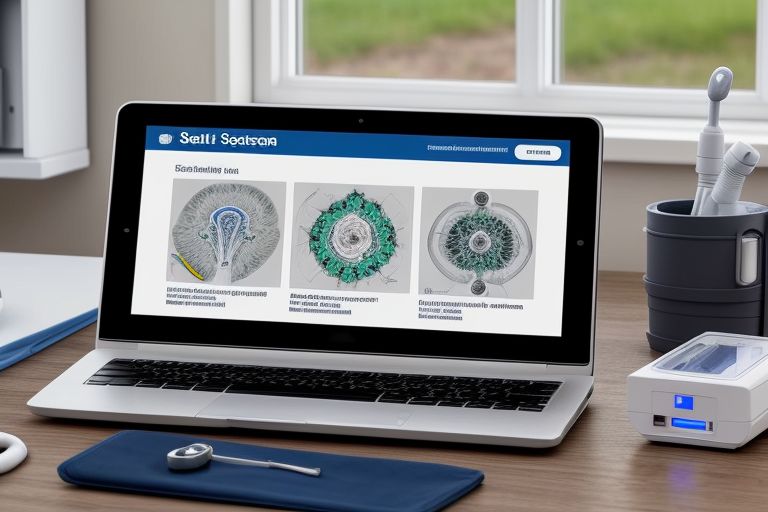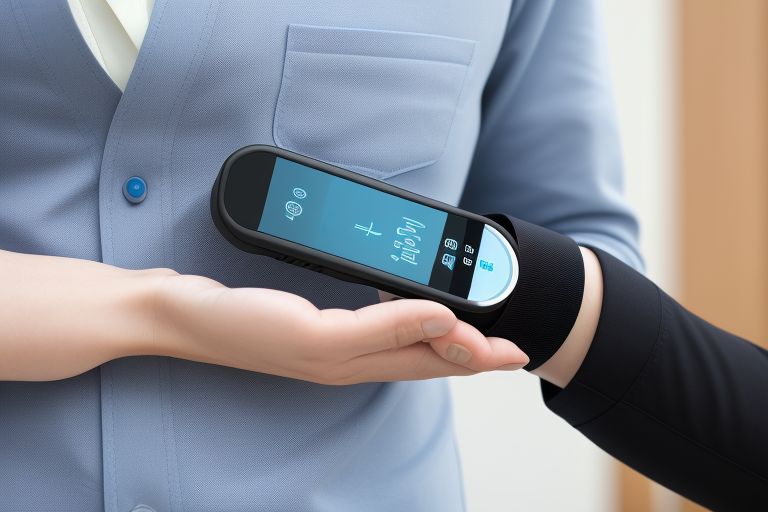The landscape of healthcare is undergoing a revolutionary transformation with the introduction of remote surgery systems that allow doctors to perform precision surgical procedures from virtually anywhere in the world. This groundbreaking technology leverages advanced robotics, real-time data transmission, and high-definition video streaming to bridge the gap between surgeons and patients, regardless of the physical distance between them.
The Advent of Remote Surgery
Remote surgery, also known as tele-surgery, combines robotics, telecommunications, and the expertise of skilled surgeons to perform surgical procedures on patients who may be hundreds or even thousands of miles away. This technology is a subset of telemedicine, which has seen rapid growth and adoption across various medical fields due to its potential to improve access to quality healthcare.
How Remote Surgery Works
At the heart of a remote surgery system is a sophisticated surgical robot controlled by a surgeon from a remote location. The surgeon operates a console that provides a high-definition, three-dimensional view of the surgical site and uses hand controls and foot pedals to manipulate the robotic instruments. These instruments are highly precise and can mimic the movements of the surgeon’s hands with greater accuracy and less tremor.
The system relies on secure, high-speed communication networks to transmit commands from the surgeon’s console to the robotic platform near the patient. This setup ensures that every minute movement by the surgeon is replicated instantaneously by the robot, despite the physical distance.
Precision and Control
Remote surgery systems enhance surgical precision and control, reducing the risk of complications and improving patient outcomes. The robotic arms have a greater range of motion than human hands, and the enhanced visualization technology provides surgeons with a clearer view of the operative field.
Expanded Access to Specialized Care
Patients in remote or underserved regions can receive care from top specialists without the need to travel, which can be particularly beneficial for those requiring complex, specialized procedures that are not available locally.
Reduced Recovery Time
Minimally invasive techniques used in remote surgery often result in smaller incisions, which typically lead to quicker recovery times, less pain, and reduced risk of infection.
Applications and Impact
Remote surgery is being applied in a variety of medical fields, including cardiology, neurology, and oncology, among others. It is particularly impactful in emergency situations where immediate surgical intervention is critical, and the patient cannot be quickly transported to a facility where a qualified surgeon is available.
Challenges and Future Prospects
Despite its numerous benefits, the widespread implementation of remote surgery faces several challenges. These include ensuring the reliability of communication technologies, addressing cybersecurity concerns to protect patient data, and managing the high costs associated with advanced robotic systems.
Moreover, the success of remote surgery depends on the availability of skilled surgeons who are trained to use these complex systems and the integration of this technology into existing healthcare infrastructures.
The remote surgery system represents a significant leap forward in medical technology, offering a glimpse into the future of healthcare where distance is no longer a barrier to receiving the best medical care. As technology continues to advance and become more integrated into everyday healthcare, remote surgery will play a pivotal role in shaping the accessibility, quality, and efficiency of surgical care.























+ There are no comments
Add yours